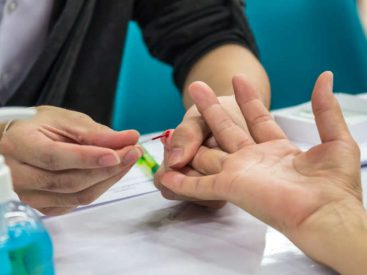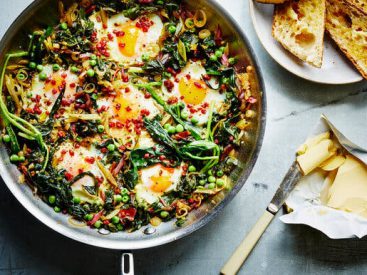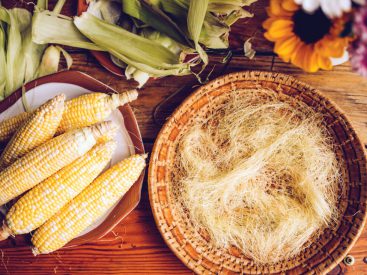About our guest Our guest on Monday was Dr. Amanda Pike. She is a board-certified therapist, certified educational leader, and the owner (with her husband and son) of a two-acre, Florida permaculture farm. It is complete with over 200 species of edible plants, free-roaming chickens, and 26 beehives. Dr. […]
Delicious!
Delicious!



